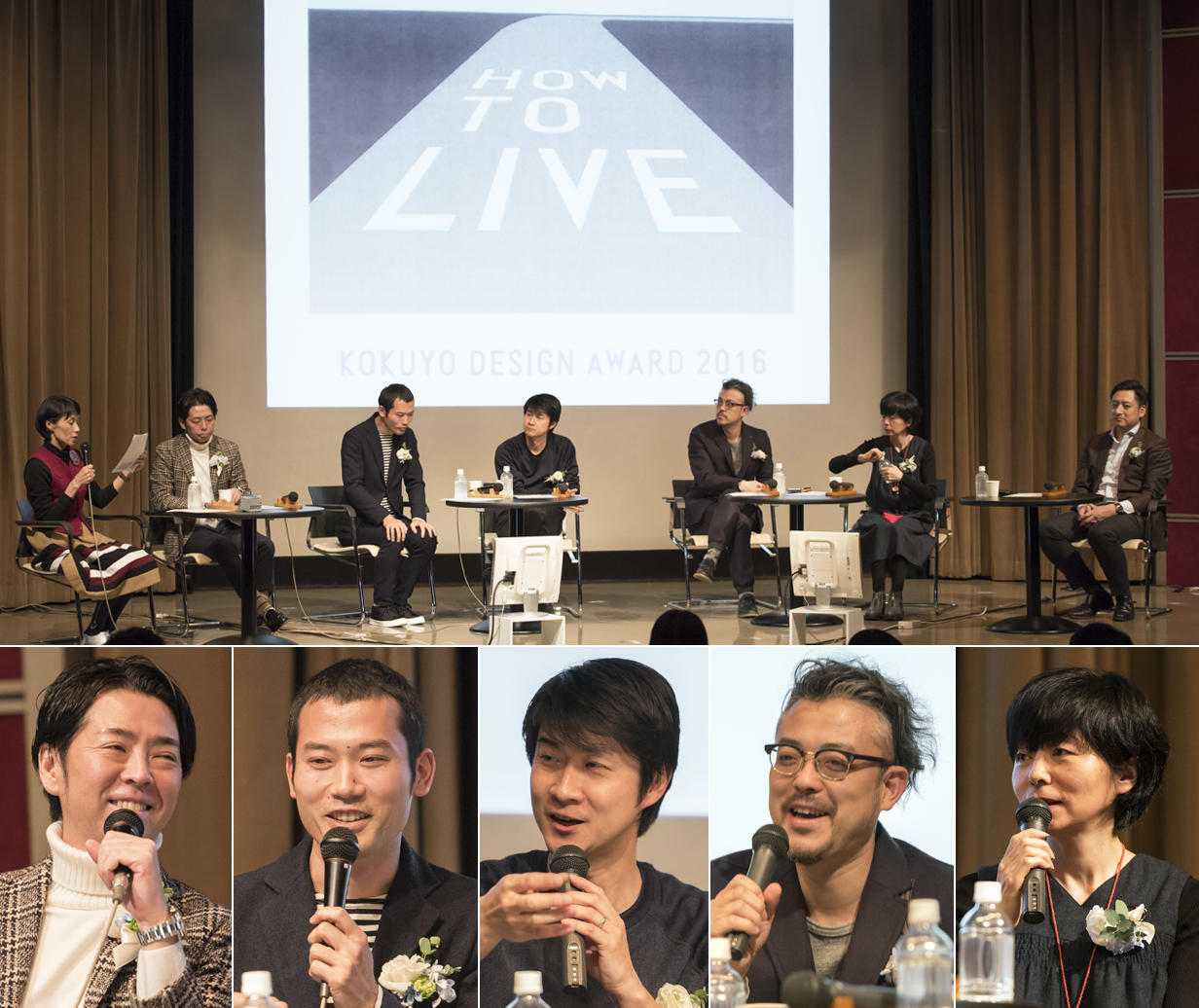KOKUYO DESIGN AWARD 2016
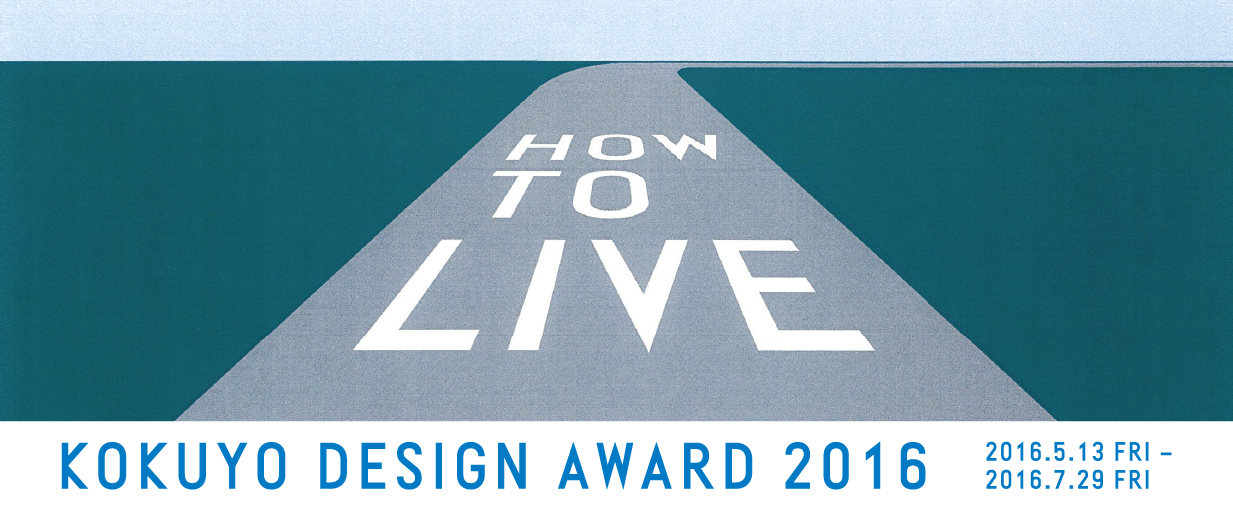
2016 Theme: HOW TO LIVE
We have received 1,307 works from in and out of Japan (929 from Japan and 378 from overseas).
The 10 designs that passed the first round judging will undergo final judging on November 30.
One Grand Prix winner and three Merit Award winners have been selected.
Grand Prix
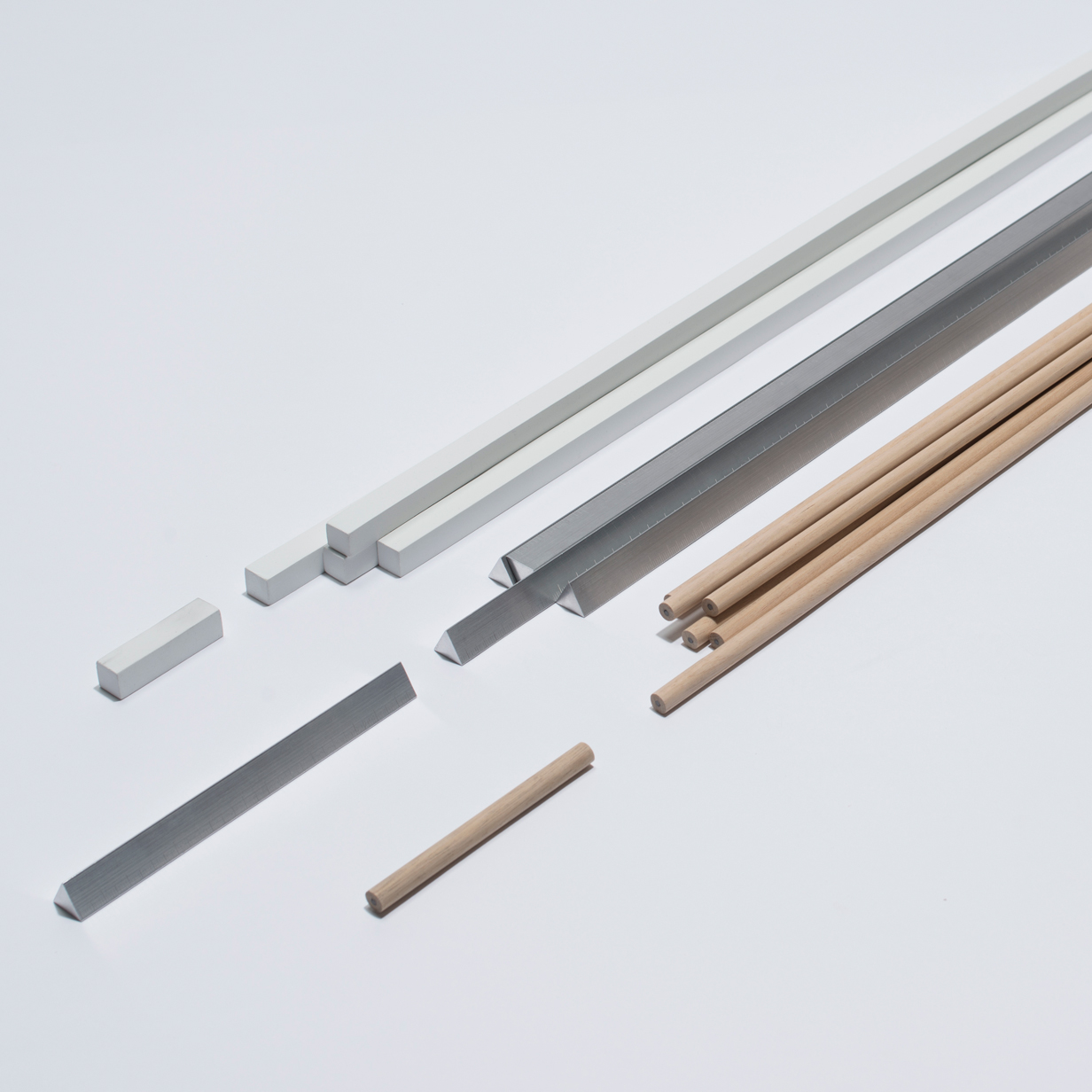
title Raw Stationery
creator AATISMO (Daiki Nakamori / Keita Ebidzuka)
creator AATISMO (Daiki Nakamori / Keita Ebidzuka)
Description
We made pencils, rulers and erasers into long rod-shapes, just like the wood or metal material parts found in DIY stores. They can be cut to any length and used as you like, so they will also become like raw materials for new tools.
At the moment there are many kinds of different stationery around us, but originally it was a simple thing like drawing a pattern on the ground with a stick. After that, tools were made from the materials by hand, but by looking at the tool itself as a material again, we thought it is possible to create a relationship between a person and something new.
How would you use this raw stationery?
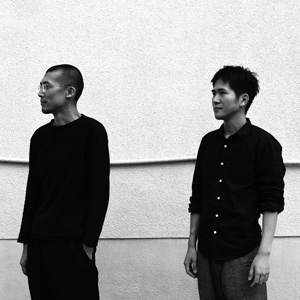
→ Work Introduction Video(YouTube)  *English/Japanese Subtitles
*English/Japanese Subtitles

Comments by the judges
The consideration made of the concepts and tools is sharp and cool. I think that there is a tendency now to rethink the use of materials but this has been successfully incorporated into the product and it is a response to a society overflowing with so many things. We had a few questions during the judges' review about the production methods but the content was so good that it overcame any of these doubts.
Kashiwa Sato
The message that stood out about it not being a finished product but incorporating some processing by the user to make the stationery was innovative. While the work kept to the basics of the circular, triangular and square shapes, and pencils, erasers and rulers, it makes us wonder what would happen next. This question in itself establishes this as a work of art.
Yasuhiro Suzuki
After getting a simple and clear picture of the theme “HOW TO LIVE”, the creators focused on the users and “how to use this work.” The answer to the number of uses lies in the number of users, so it could reach 1000 or even 10,000; it is a work of art with a ripple-effect, just like the media.
Kinya Tagawa
In a world where everything is becoming more convenient, conversely, this kind of seemingly inconvenient thing gives rise to the imagination. Although it may be difficult to establish it as stationery and it is a proposal that is the direct opposite to contemporary manufacturing, I think that it may give some kind of "awareness" to people trying to create things.
Ryosuke Uehara
For the first time I felt with surprise, “This is it!” It may not be the kind of thing that is a best seller but I think the way the idea and viewpoint is handled stands out. How can it be cut? How can it be manufactured? Anyway, far beyond such doubts, the innovative way of thinking makes it suitable for the Grand Prix.
Yoshie Watanabe
This was the sharpest answer that appeared in response to the very difficult theme that we presented. We are looking forward to learning something ourselves as we work on commercializing this work into a product from now on.
KOKUYO
Merit Award
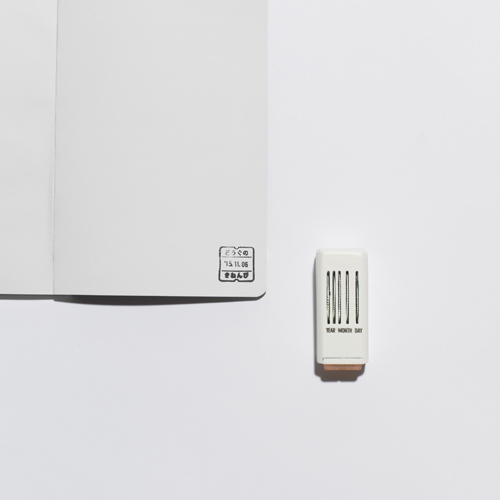
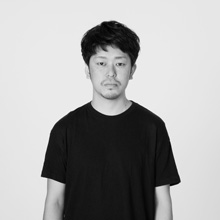 title
titleProduct Anniversary
creator
Yasunari Abe
Description
By being used by people,
things become "tools" for our way of life.
The "Product Anniversary" records the day when the thing became a "tool"
with a stamp as an anniversary date.
It's not just a date,
it is a record of the story behind why you got something and what you used it for.
It create "emotions" and a feeling of possession towards "a tool" such has never been felt before.
It also has a value that only that one person can attach to it.
This is a proposal for a new way of living that
creates the opportunity to think about how to relate to things.
→ Work Introduction Video(YouTube) *Japanese Subtitles
*Japanese Subtitles

Comments by the judges
Action is in this design. It is a good thing to look at old photos with dates on at a later date. We can empathize with the message that "you can have an anniversary for a tool", such as the day you started using it or the day you decided you liked it.
Kashiwa Sato
Since things of the past themselves are shown in photographs, they easily connect us to memories of the past even without a date on them. When things do not change visually, it is difficult to connect the past to the present. However, pressing a stamp on something that exists as an object may exert more of an effect than a photograph. We do not know what kind of emotions may arise in the future until time has actually passed, so this work also incorporates this unknown perspective.,
Yasuhiro Suzuki
There is the possibility that the act of stamping a "product anniversary" kind of brand would come across too strongly, like a branding iron. But with the idea of using a stamp to trigger the memory, it may simply be good to have a date that is just a number. I wish they had thought a little more about subtracting from the initial idea a little more.
Kinya Tagawa
When I pressed it on the case to my smart phone, a feeling of attachment to it somehow came over me. I think that this work has a bit of originality, and conveys a "feeling of possession". It could be better if there were more variations in the print design.
Ryosuke Uehara
As I myself wear my favorite clothes for 20 or 30 years, I think I would be happy after a while if the date was stamped on these clothes. This is a work that demonstrates power through time. In the current design of the print lettering, I feel that, depending on the person, there are some things that people don't mind stamping and other things that they can't stamp. I want you to think about a design for the print lettering that makes people think that something will look nicer if the stamp is on it.
Yoshie Watanabe
This work demonstrated a clear message from the time of the primary selection. The hurdles for commercialization are high, such as the compatibility between the ink and each material, but from the viewpoint of looking at the relationship between people and things, this is exactly the kind of thing that we wanted for the theme of "HOW TO LIVE".
KOKUYO
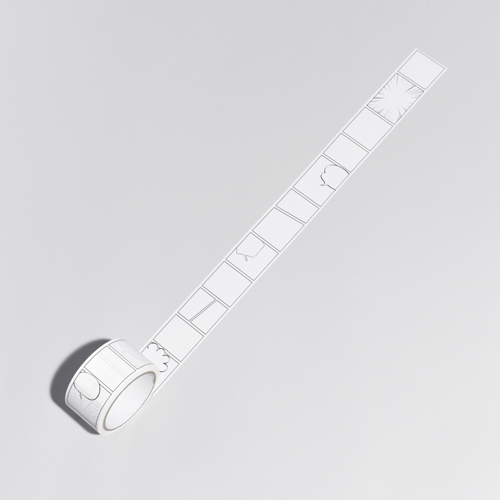
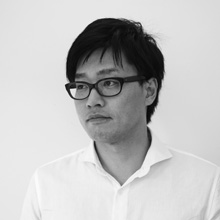 title
titleManga Packing Tape
creator
Kazuhiro Minami
Description
In the background of a gift there is always the feelings of the sender or a story behind the gift.
When a parent sends some vegetables cultivated in their garden to a son living alone.
When sending a gift to a girlfriend who is living far away.
With this packing tape the senders can also send their feelings and story together with the gift.
The packing tape is printed with cartoon frames, speech balloons and special-effect lines so you can draw the feelings you want to convey with pictures and letters.
So why don't you try sending something that is a special gift only from you to someone who means a lot to you?
→ Work Introduction Video(YouTube)  *Japanese Subtitles
*Japanese Subtitles

Comments by the judges
Conveying feelings is in this design. All of the award-winning works, including this one, have been evaluated more for the message up-front rather than for the design of the thing itself. You do not have to do unnecessary things. If there is a proper point of view, the item can be established as a product. I think that it is such an era now.
Kashiwa Sato
This work gives pleasure and creates a space to show imagination by letting people express their feelings through pictures and words in the gap that exists in the act of sending (sending a gift). I think that the real value of this proposal will involve the details, such as the framing and placement of the speech balloons, details that would make even people who do not like drawing want to draw something.
Yasuhiro Suzuki
This is a product that is for certain users. In addition to the regular sales of this work once it is made into a product, I feel that interesting things will arise from this product, for example, the development of the market for it as a novelty in collaboration with distribution companies. It is also a work that makes you think of its possibilities as a business in a mass transit society.
Kinya Tagawa
Although I did not vote for this work in the primary selection, when the prototype was shown in the final review, I felt a rather excited feeling of happiness as I could imagine the scenes when it could be used. Personally, rather than drawing manga, it may be good enough just to add a few words, depending on the person, but it is a good work that conveys feelings.
Ryosuke Uehara
I had the simple thought of wanting this product myself. It is a wonderful idea to take the time to think about the person you are sending the gift to and to write some words in the speech bubbles and this leads to communication. The way that they used concrete examples for this proposal, such as . sending a gift to their parents actually using this tape, made it a good presentation, easy to get an image of the times it could be used.
Yoshie Watanabe
Usually we send packages in cardboard boxes so until now mainly we have not been so particular about the packaging. This gave me an idea about a new category of "communicating feelings" with packing tape that is also strong and cheap. Especially children will be so happy to draw manga.
KOKUYO
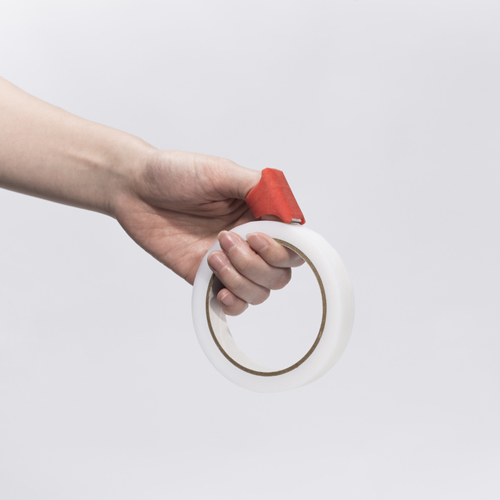
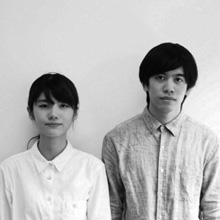 title
titleFit Tape Cutter
creator
Kujira
(Nanae Ishikawa / Kohei Maeda)
Description
It is a tape cutter that fits perfectly on your thumb and it feels as if you are cutting with your own hand.
By integrating the thumb and the tape cutter you can feel the blade cutting by having it on the top end of your nail and you can cut various kinds of tape regardless of where you want to use it.
Unlike conventional tape cutters placed on a desk, the fun of cutting tape and the ease with which tape can be changed fits well with the movement of people, creating a free lifestyle.
It is a new tape cutter that brings people and their tools closer together by the fact that it is worn on the body.
→ Work Introduction Video(YouTube)  *Japanese Subtitles
*Japanese Subtitles

Comments by the judges
This is the only work among the finalists that is worn on a person's body. In the future, with technology such as robotics and IoT, various things will happen in the relationship between human beings and tools. Although this is a simple and analog idea, it suggests new possibilities as a product worn by humans.
Kashiwa Sato
I really got into it and tried out how it felt when cutting but I was using it the wrong way without realizing. However, by fine-tuning it with my hand I could cut rather well with it. I thought that the real pleasure of this tool is that it not self-sufficient, that it functions only after being worn by a person. This makes me remember the roots of tools that cannot be separated from the human body. In an era of assigning clear functions to evolving technology, this work freshly asks questions about the way the tools are used.
Yasuhiro Suzuki
The moment that I used the prototype I thought "I want to buy this!" The comfortable feeling cutting the tape was transmitted directly to my thumb, and I felt so impressed because it felt like my fingertip itself had evolved. Only the naming and styling are not able to convey the merits of the work and need to be improved.
Kinya Tagawa
Since the special characteristic of this work is in the wearing of tools, if that concept had been proposed in a combination with several other products, in a form such as "three tools that you can wear ", I think that the work would have been more fun and had more impact.
Ryosuke Uehara
This is a new idea of wearing a cutter to cut tape. It would have been an even more wonderful proposal if the idea had been combined with solutions to solve the problems of it being difficult to find the edge of the end of sellotape and to peel it off.
Yoshie Watanabe
For the model used in the final review, we used the blade from Kokuyo's tape cutter "KaruCut" which has gained popularity for its "ability to cut without having to use strength". Compared to conventional dispenser types that can only use one tape, the proposal for this work makes us want to try it out on various different tapes.
KOKUYO
Genral comments by the judges
* Judge occupations and titles current as of the time the individual served as judge.
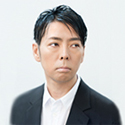
Kashiwa Sato
SAMURAI Co.,Ltd. Representative / Art Director, Creative Director
Each of the award-winning works design the point of something. The days of manufacturers being just able to make something have now ended and things are not evaluated highly by consumers unless a true sense of how to live and a way of life have been seriously tackled. The relationship between people and things is changing greatly, things are not complete just because they are things, the key is how to design the margin to which people are involved, and the ability to provide an experience. Works that symbolize such a time have won the awards.
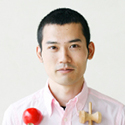
Yasuhiro Suzuki
Artist
In a sense, the award-winning works are only works that have not been designed. They are proposals that strike the blind spot hidden one step before embarking on designing stationery. This task may have been difficult for people who have seriously studied design. I think that it was easier for people who had a wide field of vision and found "play" in trivial events occurring during the process of living and making things. It is only by experience that people can change the way they view things or the way they live. I was impressed by and will not forget the words of the winner who said that, "thinking about" HOW TO LIVE "became" HOW TO LIVE itself ".
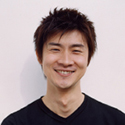
Kinya Tagawa
takram design engineering Representative / Design Engineer
The theme "HOW TO LIVE" is like asking someone who they are. I thought applicants would have trouble with this theme like a Zen question, but I think that the atmosphere created by the works that were ranked the most highly was different from usual years in the sense that the items had been worked on. Because the theme was deep, it was difficult for contestants to convey their thoughts only with the presentation sheet. The intention of the works was conveyed properly only after completion of the prototype and the presentation with their actual voices, and the level of satisfaction in the final review was also higher than usual.

Ryosuke Uehara
KIGI Representative / Art Director, Creative Director
Originally design is not categorized, it is created by the desire to do something. In that sense, "HOW TO LIVE" is a theme that people who make products must always be asking and what Kokuyo does to support people's lives is of great significance. As advice to entrants, it may be important to have a viewpoint that is conveyed briefly, like an advertisement, so that the ideas and message can be seen at a glance in the presentation sheet at the review.

Yoshie Watanabe
KIGI / Art Director, Designer
I think that the works unique to this theme "HOW TO LIVE" have become the winning works. This era is overflowing with things and information, but our time is limited. So we have to decide which things to choose for ourselves from among many things. I want to find something important for myself and something that I like rather than just following the crowd. The award-winning works are aligned with such thoughts. I want to carry on thinking abut this theme in the future rather than ending here.
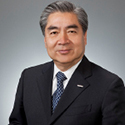
Akihiro Kuroda
KOKUYO Co., Ltd / Representative Director of the Board, Chairman
Nowadays, the way people work and the way they learn is dynamically changing and from now on the way people live will become even more closely connected. Under these circumstances, we wanted to further expand the KOKUYO DESIGN AWARD theme of 2015, “Beautiful Lifestyle”, and to seek design ideas that included daily life and way of living. Thank you very much for submitting ambitious works that focused on many new ways of living and lifestyles in response to the enormous question of "HOW TO LIVE". From now on, the KOKUYO DESIGN AWARD will be working with you to think about new things for the future and to put an effort into creating opportunities for output.
Final Judging / Winning Design Announcement / Talk Show
Final Judging
The 10 finalist groups faced up to this year's theme of "HOW TO LIVE" and gave passionate presentations.
The judges listened attentively to the presentations, carefully considering the concepts, design, and market potential of the designs.
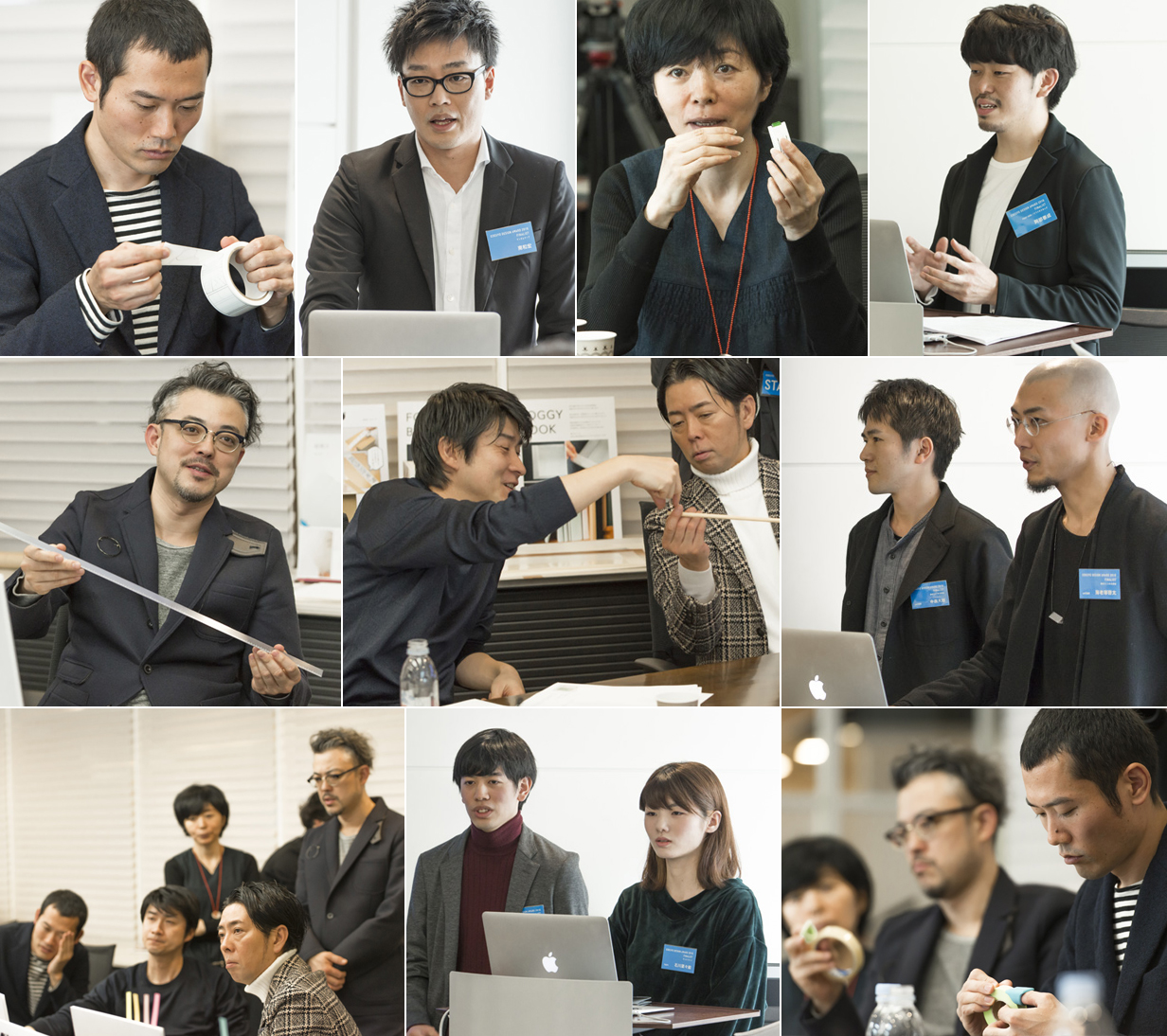
Winning Design Announcement
The Raw Stationery was selected as the 2016 Grand Prix winning design.
The prototype of the winning design was on display in the hall, viewed with intense interest by many in attendance.At the event venue, past prize-winning products were also on sale.
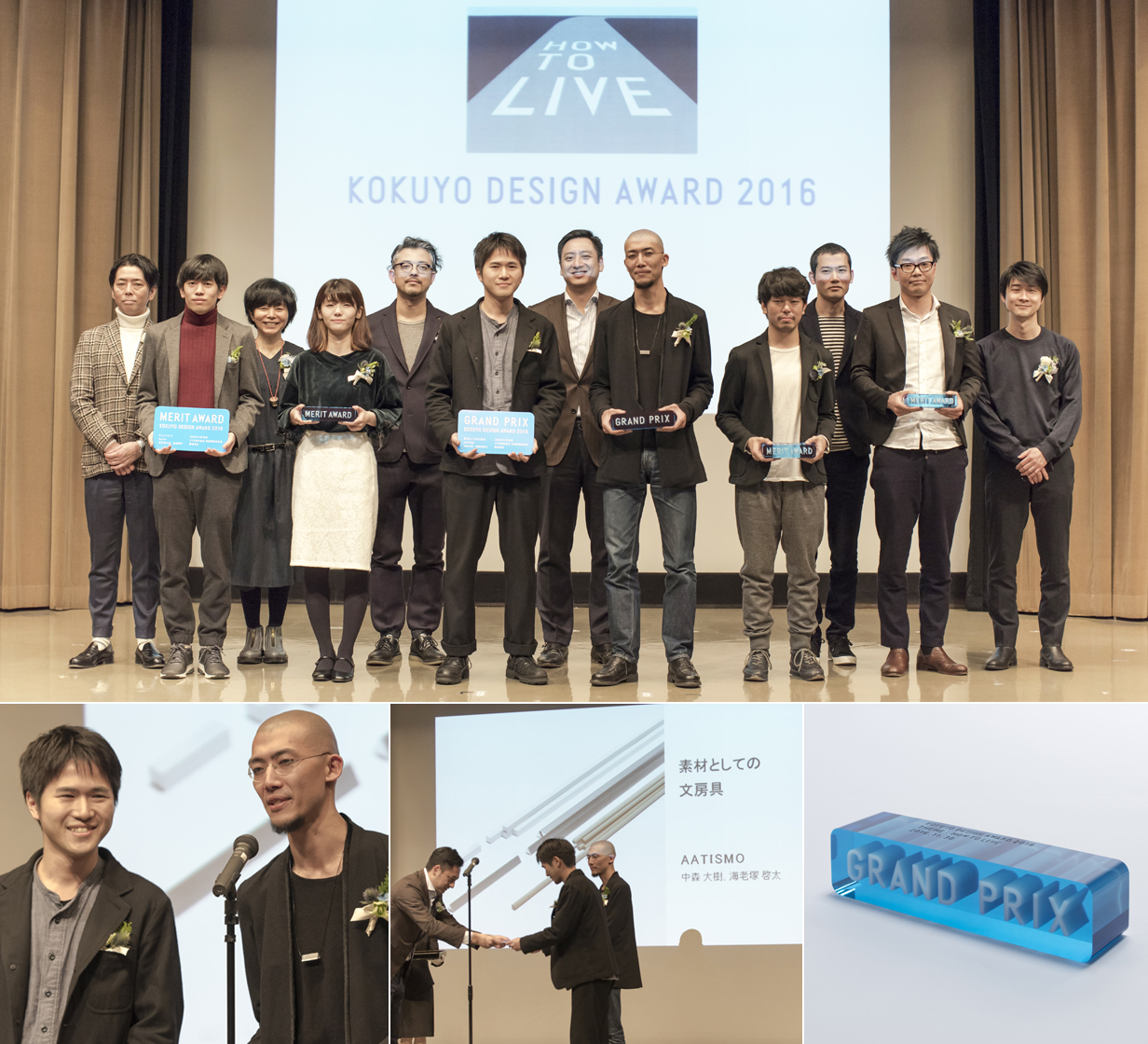
Talk Show
Judges discussed how they evaluated the winning designs based on the contest theme "HOW TO LIVE".
Event attendees were enthusiastic and attentive, listening to the insight of judges currently working across a wide range of fields.
